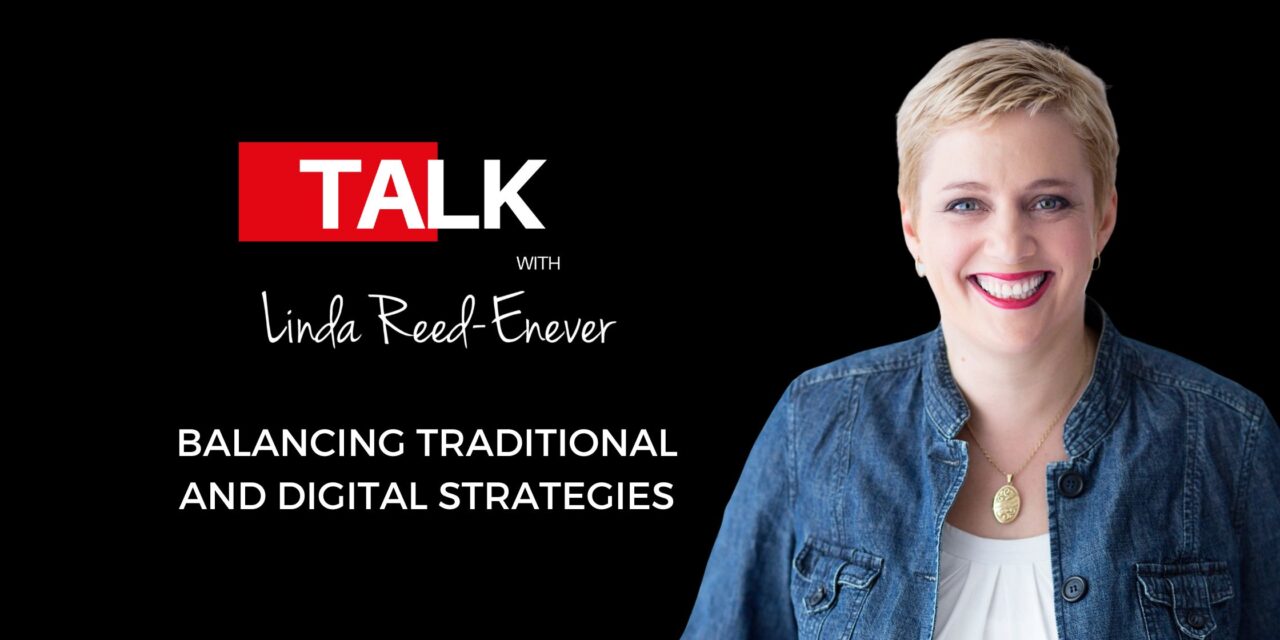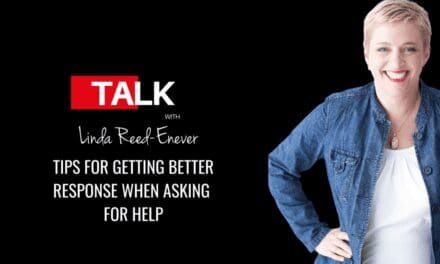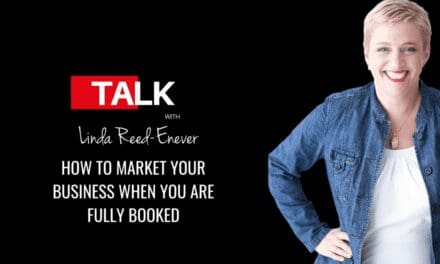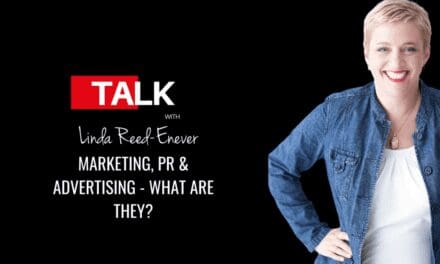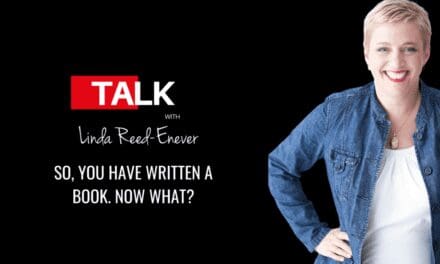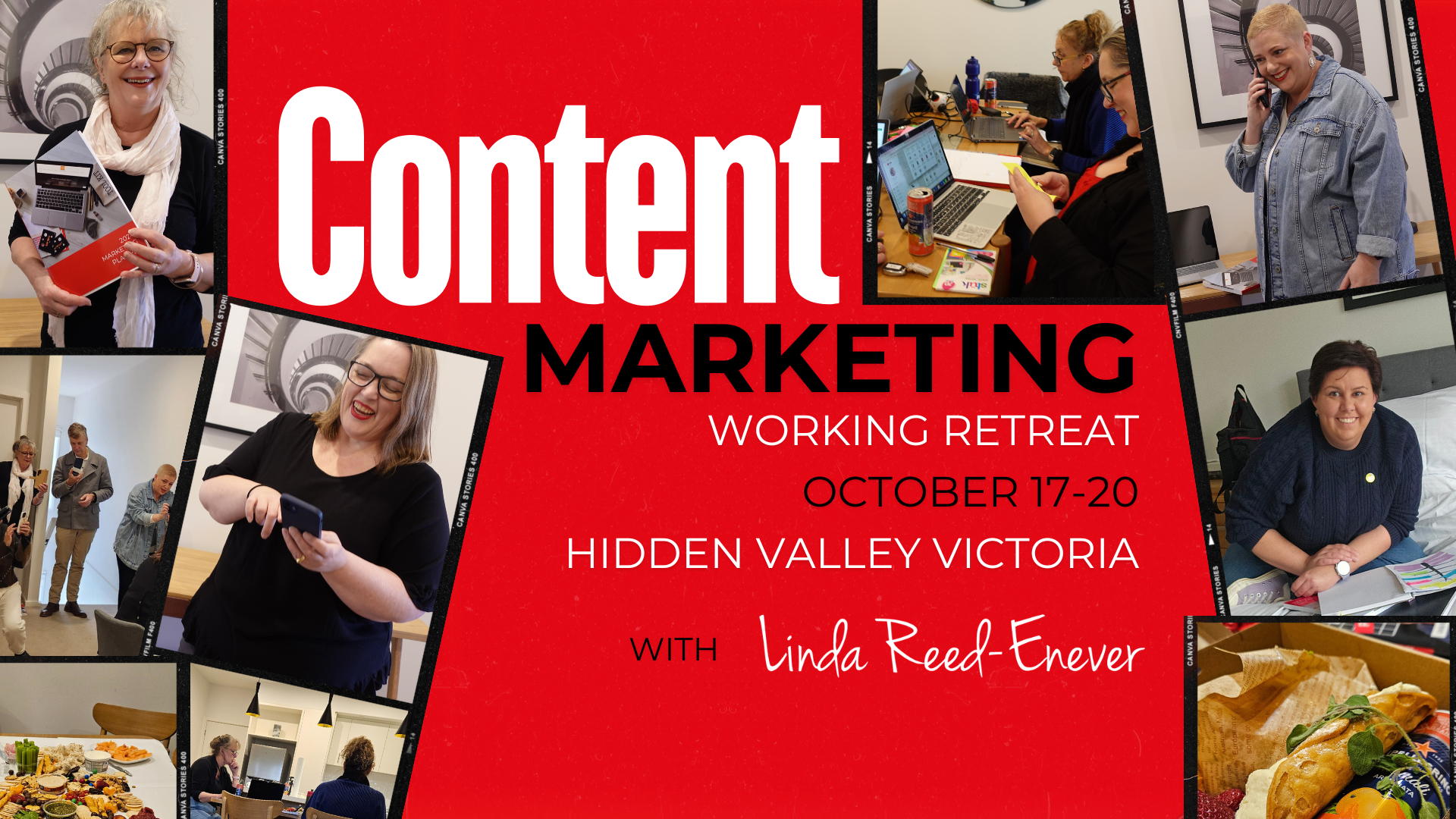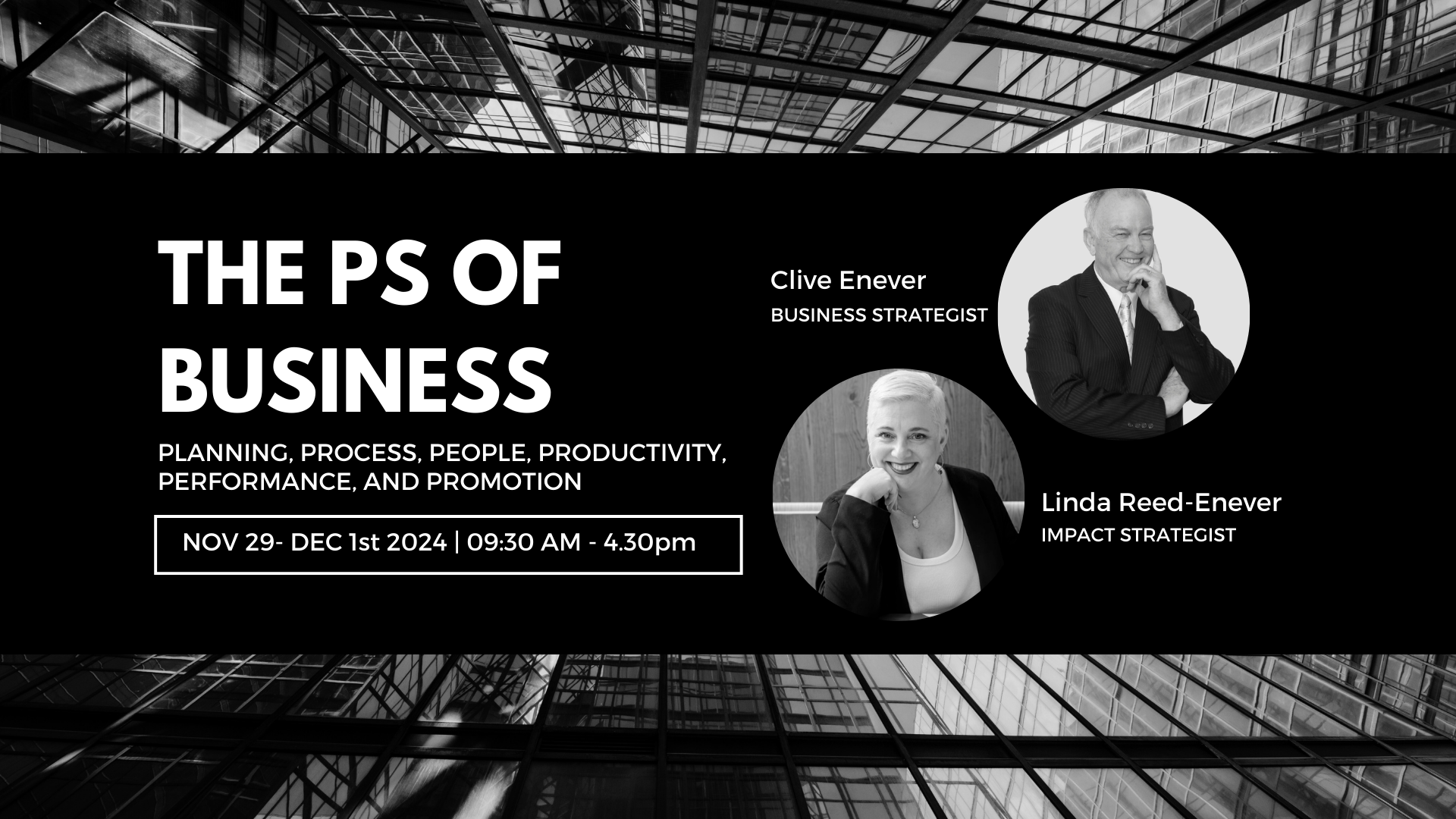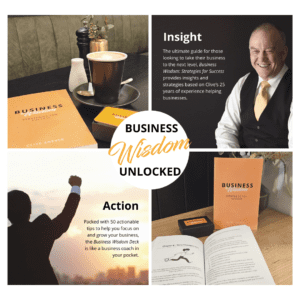Marketers and business owners face the ongoing challenge of navigating between traditional and digital marketing strategies. With the rise of AI and a plethora of new technologies, finding the right marketing mix has become increasingly critical.
There’s no one-size-fits-all approach; the right strategy varies depending on the business, industry, and audience. In this podcast episode, I will share with you that the key lies in striking a balance between traditional and digital marketing to maximise reach, build trust, and ultimately drive business success.
The Enduring Power of Traditional Marketing
When we talk about traditional marketing, we’re referring to tried-and-true methods like print ads, direct mail, billboards, and in-person events. These strategies have stood the test of time for a reason—they work!
Traditional marketing excels in building brand recognition and trust. Consider a well-placed billboard on your daily commute or receiving a beautifully designed postcard in the mail. These tangible experiences leave lasting impressions that digital methods often can’t replicate.
Despite the perception that traditional marketing is outdated, it remains a powerful tool, especially for targeting local audiences or creating a tangible connection with customers. As businesses increasingly shift their focus to digital channels, traditional methods can actually help a brand stand out in a crowded market.
The Reach and Precision of Digital Marketing
On the other hand, digital marketing has become the go-to strategy for many businesses due to its low cost, ease of use, and ability to reach a global audience. Digital marketing includes strategies such as social media, email marketing, pay-per-click advertising, search engine optimisation (SEO), and content marketing.
One of the biggest advantages of digital marketing is its ability to target demographics with pinpoint accuracy and provide real-time analytics to measure the success of a campaign.
Social media, for example, allows you to engage directly with your audience, create conversations, and build communities around your brand. Email marketing, in particular, offers the opportunity to nurture leads and maintain relationships with customers by delivering personalised content straight to their inboxes. SEO also plays a critical role in ensuring that a business’s website appears in search engine results, driving traffic and generating leads.
However, while digital marketing offers immense potential, it is not a silver bullet. It must be integrated into a larger strategy to be truly effective.
Why Balance Is Key
Focusing too heavily on one strategy while neglecting the other can limit a business’s reach and impact. For instance, relying solely on digital marketing might mean missing out on opportunities to connect with audiences who prefer traditional media. Conversely, sticking exclusively to traditional methods could result in missing out on the vast potential of digital platforms.
The magic happens when businesses find the balance between the two. An integrated approach leverages the strengths of both traditional and digital marketing. For example, traditional methods like print ads can drive traffic to digital platforms, while digital channels can promote in-person events or sales.
Practical Tips for Integrating Traditional and Digital Strategies
Here are some practical ways to start integrating traditional and digital strategies into your marketing efforts:
- Cross-Promotion: Use traditional marketing efforts to promote your digital channels and vice versa. For instance, include your social media handles on print materials or mention your website in a radio ad. This ensures that your audience knows where to find you online, even if they lose your business card or print material.
- Consistent Branding: Maintain consistent branding across both traditional and digital channels. Your brand voice, visual identity, and messaging should be cohesive, whether your audience encounters your brand in a magazine, on a billboard, or on social media.
- Integrated Campaigns: Plan campaigns that leverage both traditional and digital elements. For example, launch a new product with a series of print ads supported by a social media campaign and an email blast. Ensure that all parts of the campaign work together towards a common goal.
- Real-World Examples: Consider businesses that have successfully integrated traditional and digital strategies. For example, a local restaurant might use direct mail to send out menus with a QR code linking to an online reservation system, offering discounts to those who book online. This approach reaches customers in their homes while driving online engagement and building loyalty.
Budget Considerations and ROI Tracking
While we all dream of having an unlimited marketing budget, the reality is that most businesses need to balance budget constraints and allocate resources wisely. Tracking ROI can be challenging, especially with traditional marketing, which lacks the immediate feedback loop that digital marketing provides. However, by prioritising based on the target audience, testing different approaches, and monitoring inquiries, businesses can effectively measure the impact of their marketing efforts.
The Necessity of a Balanced Approach
Balancing traditional and digital marketing strategies is not just a trend—it’s a necessity in today’s business landscape. By integrating both, businesses create more comprehensive campaigns, broaden their reach, and drive greater success. This balance allows businesses to stand the test of time, grow, and thrive in an ever-evolving market.
Take Action:
- Evaluate your current marketing strategies to identify any imbalances.
- Explore ways to integrate traditional and digital strategies to enhance your reach and impact.
- Invest in tools and resources to manage your campaigns effectively.
Final Thoughts
Balancing these strategies isn’t just about covering all bases—it’s about creating a cohesive, powerful approach that resonates with your audience across multiple channels. By doing so, you’re not just keeping up with the competition but setting the stage for long-term success.
Highlights
- [00:00] Introduction to Marketing Strategies
- [01:08] Exploring Traditional Marketing
- [02:03] The Power of Digital Marketing
- [03:48] Balancing Traditional and Digital Strategies
- [04:53] Practical Integration Tips
- [06:18] Real-World Examples
- [07:29] Budgeting and ROI
- [08:18] Actionable Tips and Conclusion
Resources
More Marketing Tips Available in The Marketing Circle
Step by step, we will walk through the ins and outs of marketing, with tips, simple exercises and proven marketing strategies that you can roll out in your business.
We will explore all things marketing, from demystifying the marketing world, to blogging, working with media, email marketing, social media, and more.
Access courses, community and live training led by
Ideas and Marketing Strategist Linda Reed-Enever

